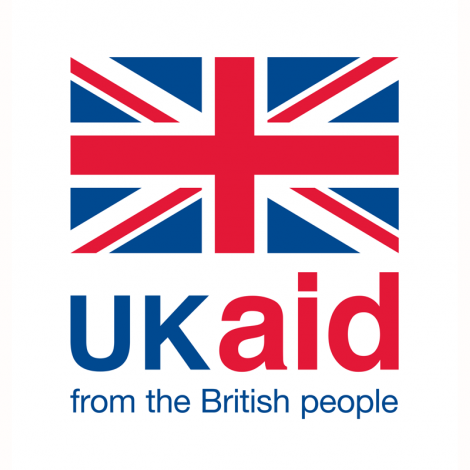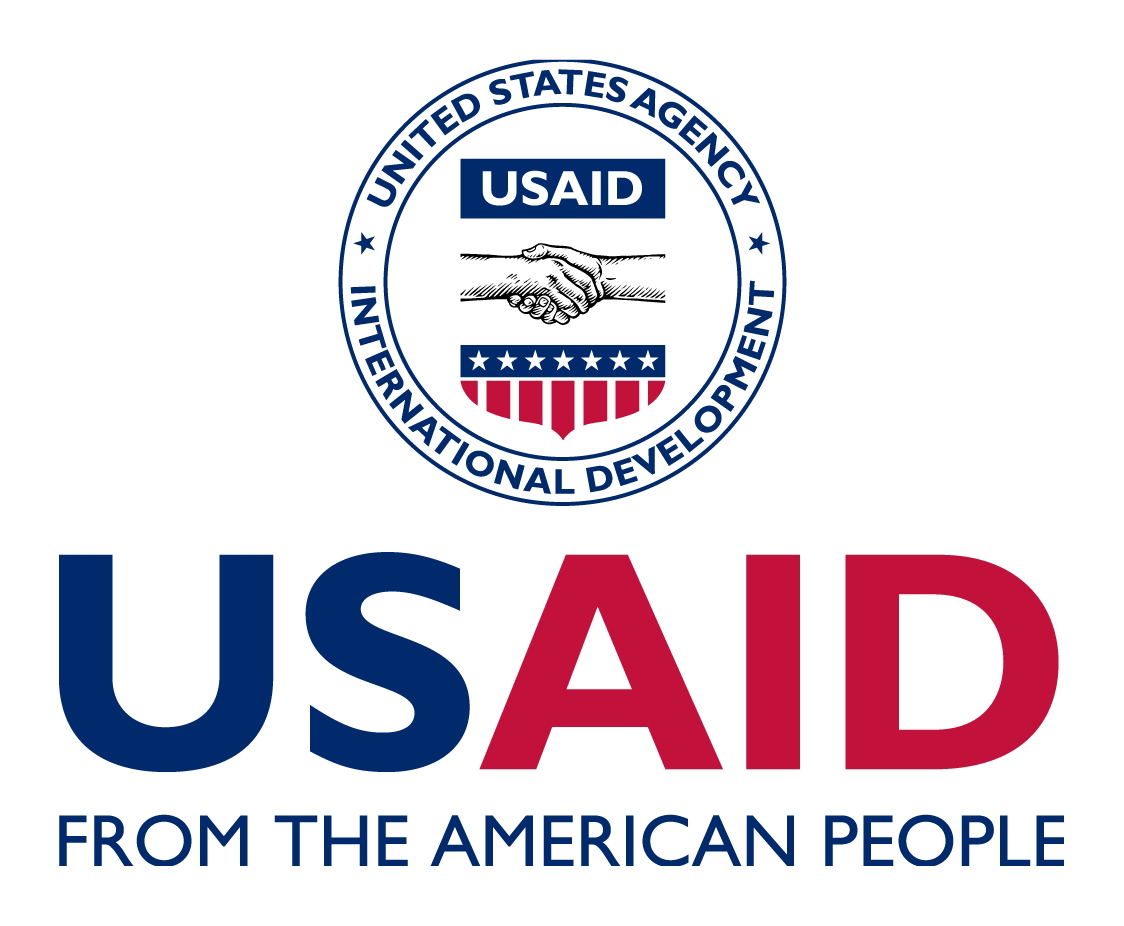immunizations
Preventing disease and savings lives.Vaccines save lives
Child mortality in the Democratic Republic of Congo (DRC) is staggering. An estimated 12% of children die before their fifth birthday, many from vaccine-preventable diseases
Vaccines are a leading intervention for preventing childhood mortality. However, a confluence of factors conspire to prevent children from accessing these life-saving measures. In many places, women deliver at home so do not access facility-based health care, where their children can be vaccinated. Other operational inhibitors include confusion or inadequate communication with children’s caretakers around follow-up dosing, vaccine stock outs at health facilities, and poor attitudes among staff, rising in part from unpaid salaries and other demotivating work conditions. In addition, in many places the lack of an effective cold chain (in particular, access to electricity and adequate storage at the national, provincial, and zonal levels) makes conducting mass vaccination campaigns and ensuring a routine supply at health facilities impossible under current conditions.
These challenges are particularly acute in the poorest and more remote areas of the country, where ASSP interventions focus: Equator, Kasai Occidental, Maniema, and Province Oriental. Most of the health zones in the targeted districts of those provinces have for many years received no donor assistance beyond what DFID has provided. The rehabilitation of the cold chain infrastructure and re-training of health providers is therefore a prerequisite to raising vaccination coverage.
More than 200,000 people have been infected with measles from 2010 to 2015 in the DRC, with up to 5,000 children dying from the disease.
Measles epidemics in particular are a leading contributor to child mortality, having raged since 2010. More than 200,000 people have been infected with measles in the DRC during these five years, with up to 5,000 children dying from the disease. Outbreaks in ASSP’s remote health zones create sizable logistical challenges, as government and donors often hear of these outbreaks after they are well underway and lack the resources to respond rapidly with vaccination campaigns.
2,088,945
children under the age of one year vaccinated against measles during ASSP and ASSR.
Our Approach to immunizations in the DRC
ASSP and its follow on project, ASSR, reduced illness and death among children through vaccination against childhood diseases according to the Ministry of Health (MOH) schedule. Specifically, both projects vaccinated annually at least 90% of children less than one year of age against measles, a leading killer of infants and young children. More than two million children have been vaccinated during the project, with population coverage increased from 84% to 90%.
Key Achievements
Exceeding Targets
ASSP exceeded its life of the project immunization goal, achieving 96% coverage of children under one year of age vaccinated against the measles, which exceeds the initial program target of 90% and raises the project’s cumulative achievements to over 1.4 million children vaccinated.
solar cold chains
ASSP equipped 531 facilities with solar powered cold chains.
continuing the work through ASSR
During the first year of ASSR another 346,479 children under one were vaccinated against measles.
ROUTINE DATA
Real-time data sourced from the DHIS2 data management system implemented by ASSP on the number of children vaccinated against measles in ASSP-assisted health areas from 2014 to 2018.
DHIS2
Learn more about how ASSP helped the MOH improve routine health data by implementing DHIS2 in its health zones and beyond.
Increasing Access to Health Care
Read more about how ASSP is contributing to improved health by increasing access to health care.
QUICK CONTACTS
Recent Posts
Implant Method in DRC: A Family Planning Success Story
Spreading the Word about the Implant Method in DRC.News is spreading about the implant method in DRC. The families featured in this article are partly to thank. The stories below are just a snapshot of the impact the implant has made on the lives of families using the...
Implants Create Opportunity in DRC: A Family Planning Success Story
Julienne is one of the many women we celebrate during International Women’s Month. She is a shining example of how implants create opportunity in DRC. She is a 43-year-old mother of four and a force to be reckoned with! Julienne and her husband had three children when...
Safe Delivery App Helps Health Workers Respond To Emergencies In DR Congo
Dr. Nancy Bolan knows how important it is for health workers to have up-to-date information when responding to a maternal or newborn emergency at a clinic in the Democratic Republic of Congo. While serving as a deputy country director for IMA World Health in DRC from...


